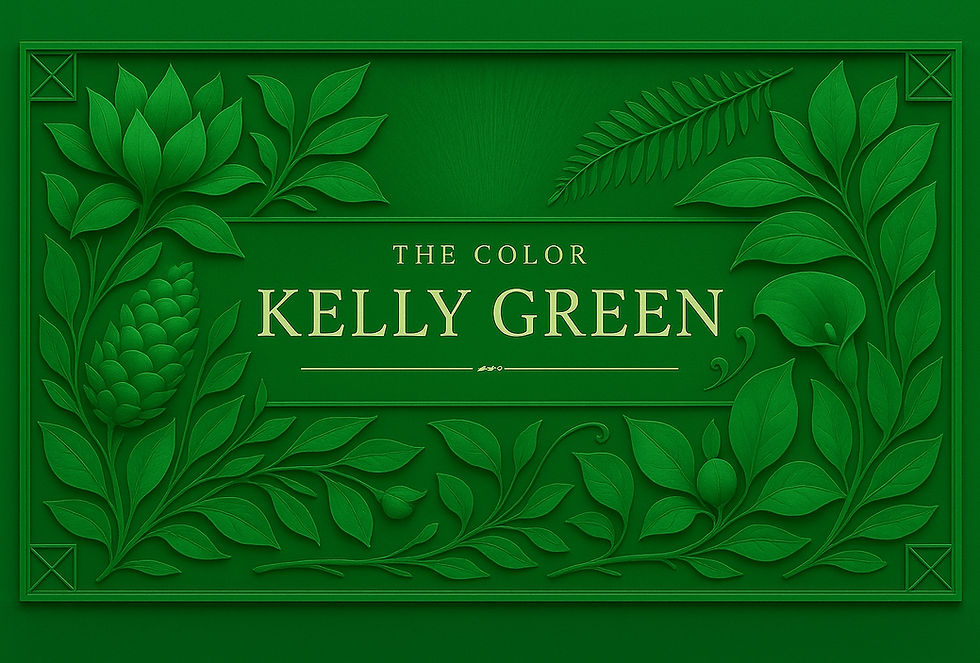Sand Yellow: Everything to Know About the Color Sand Yellow
- The Finest Writer

- May 3
- 3 min read
Updated: May 6

Welcome to our comprehensive guide on the grounded and versatile color sand yellow. In this article, we will explore its meaning, symbolism, history, and widespread use in art, design, fashion, and culture.
Sand yellow is a warm, earthy hue that evokes images of sunlit deserts, beaches, and natural materials. Blending the softness of beige with the brightness of yellow, sand yellow conveys warmth, comfort, and timeless simplicity.
Whether you're considering sand yellow for a creative project, a design palette, or just curious about its significance, this guide will explain everything you need to know about the color.
What Color is Sand Yellow?

Sand yellow is a pale, muted yellow with strong beige or tan undertones. It is often categorized within the earth-tone family, sitting between cream and light ochre on the color spectrum. Its calming and neutral character makes it a favorite in natural palettes.
Sand yellow appears abundantly in nature—in dunes, dry grasses, and light stones—and is frequently used to evoke organic, peaceful environments.
How to Make Sand Yellow

Sand yellow can be created by mixing:
Yellow with a small amount of brown or beige
Yellow with white and a hint of red and black to soften the tone
Sand Yellow RGB Values
Red: 237
Green: 201
Blue: 175
Sand Yellow HEX Code
The HEX code for a typical sand yellow is #EDC9AF.
Sand Yellow CMYK Code
Cyan: 0%
Magenta: 15%
Yellow: 26%
Black: 7%
Paint Mixing to Create Shades of Sand Yellow
Sand’s yellow tone can be adjusted easily:
Add more white for a lighter, creamier shade
Add more brown or gray for a muted, rustic version
Add a hint of orange for a richer, golden sand look
Light and Perception of Sand Yellow
Sand yellow is perceived as a warm, relaxing color that recalls sunlit afternoons and soft natural textures. Its softness makes it an ideal backdrop or neutral anchor in interiors and design.
What Colors Match Sand Yellow?

Sand yellow pairs beautifully with various colors, creating soft, cohesive palettes. Here are some standout combinations:
Sand Yellow and White: Clean and minimal, this pairing emphasizes natural light and purity.
Sand Yellow and Olive Green: Earthy and grounded, evoking a rustic, organic feel.
Sand Yellow and Navy Blue: A sophisticated contrast between warm and cool tones.
Sand Yellow and Terracotta: Rich and sunbaked, a Mediterranean-inspired blend.
Sand Yellow and Dusty Rose: Soft and romantic, ideal for cozy, elegant spaces.
What is Sand Yellow’s Complementary Color?

Sand yellow (a warm neutral) pairs well on the color wheel with muted cool tones such as slate blue or cool lavender. These contrasts create visual balance without being overly dramatic.
What Colors are Similar to Sand Yellow?

Sand yellow is part of a family of light earth tones. Here are some related shades:
Beige: More neutral and less saturated.
Khaki: A more olive-leaning tone.
Camel: Richer and deeper with more orange or brown.
Light Ochre: More vivid and golden.
Ivory: Softer and whiter, with minimal yellow influence.
What Does Sand Yellow Symbolize?

Sand yellow carries a range of symbolic meanings that make it a favorite in both natural and minimalistic design:
Warmth and Comfort: It's sunny, with a muted tone that feels familiar and welcoming.
Stability and Grounding: Tied to earth and sand, it represents steadiness and reliability.
Calm and Peace: Soft and neutral, it evokes serenity without being stark.
Simplicity and Elegance: Understated and timeless, it’s often used in refined design.
Nature and Sustainability: Reminiscent of raw materials and eco-friendly design.
The History of Sand Yellow

Ancient Civilizations: Earth-toned yellows were used in cave art, textiles, and pigments sourced from natural clay and ochres. These hues were valued for their availability and harmony with nature.
Classical Antiquity: Sand yellow shades appeared in architecture and frescoes in Mediterranean cultures, often paired with terracotta and limestone tones.
Middle Ages and Renaissance: The color was used in tapestries and manuscripts, subtly contrasting brighter hues like gold or crimson.
19th and 20th Centuries: With the rise of naturalism and the Arts and Crafts movement, sand and yellow became popular in interiors and design for their organic, humble appeal.
Modern Use: Today, sand yellow is a go-to in interior design, fashion, and branding that seeks to evoke comfort, sustainability, and understated elegance. From minimalist aesthetics to eco-conscious packaging, it remains a symbol of soft sophistication.
Sand Yellow is More Than Just a Color: It connects to the earth, symbolizing warmth, calm, and renewal. Whether you're incorporating it into a wardrobe, a living space, or a design palette, sand yellow adds timeless, grounded beauty that feels both classic and modern.




